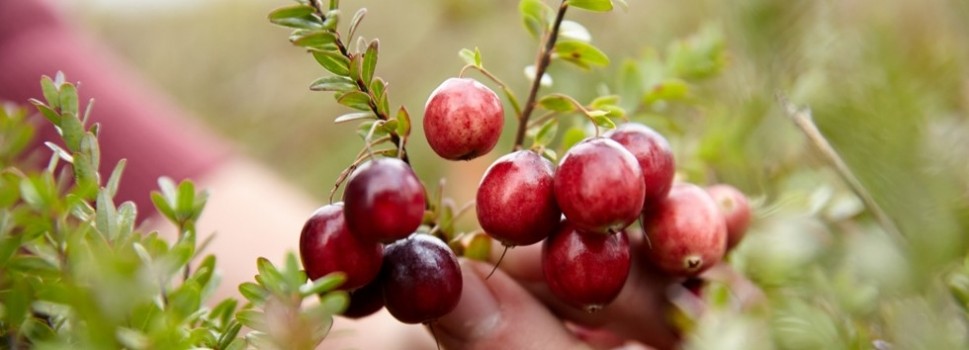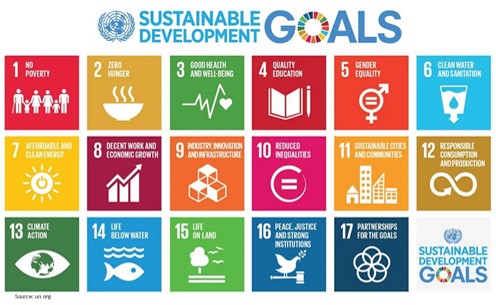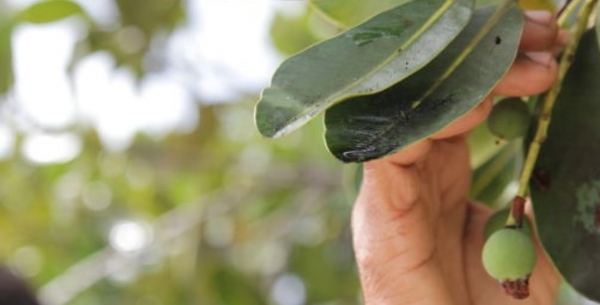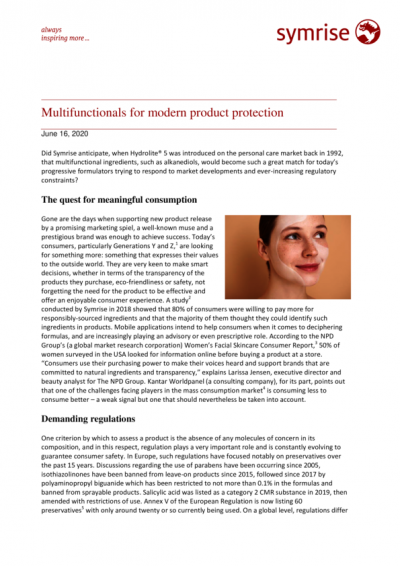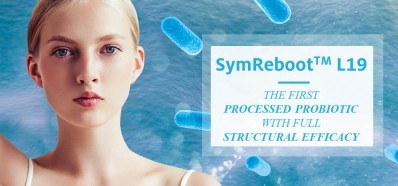Promotional Features
Sustainable sourcing for botanicals: Traceability, backwards integration and innovative upcycling
Sustainability plays a key role in Symrise core business and beyond. This includes the responsible treatment of the nature where raw materials are sourced from, the people who produce the materials and customers who rely on cosmetic ingredients suppliers to deliver high qualitative and efficient ingredients to them. Since botanicals are sourced from nature, a particular emphasis has to be put on the sustainability approach around an affluent biodiversity.
Sustainability – an integral part of a business model
It is particularly important to engage in ambitious projects for the conservation of natural resources such as water, biodiversity, forests and empowering people so they can live for themselves. This goes with establishing a comprehensive agenda addressing all dimensions of sustainability: the environment, society and economy. Our four-pillar sustainability approach mirrors these priorities: Footprint, Innovation, Sourcing and Care.
The contribution to the 17 Sustainable Development Goals of the United Nations (SDG) plays a decisive role in this context. By signing the United Nations Global Compact and contributing to the implementation of the SDGs in key areas of activity, companies can actively support the principles of responsible business.
Several commitments to illustrate how embedded these goals into operations and businesses
SDG 17 that focuses on Partnerships, forms the central pillar of all the SDGs. A good part of the achievement is a close partnership with the stakeholders. These include suppliers, i.e. farmers, political institutions, actors from civil society and local partners. Moreover, working with renowned non-profit organizations like UEBT or with governmental agencies like GIZ supports our ingredient transparency.
To support SDG 6, it has to be taken into consideration to use water carefully and efficiently, particularly in areas with water shortages where water use is absolutely essential for activities. Another approach is for us to reduce both chemical oxygen demand for water and sensitive waste by 60%, compared to 2010 levels.
As one of the founding members of the OP2B initiative, we also reinforce strong commitment to Biodiversity. The goal of this cross-industry coalition is to develop jointly more environmentally friendly agricultural methods.
These commitments and achievements have been recognized by third parties, like the non-profit organization CDP.
From the field to the cream pot
In the cosmetic ingredients industry, a transparent value chain forms the key to thoroughly understanding the journey of a raw material from the field to the cream pot. The sourcing approach includes trustful partnerships with the farmers and their communities who grow and harvest raw materials.
For instance, we have developed supply chains in Madagascar, focusing on trust and respect. Here we empower farmers and their families with education as well as health and crop diversification programs through partnerships with non-profit organizations like UEBT and Save the Children.
The cultivation of Tamanu in Madagascar is a great example that demonstrates how a sustainable supply chain can reduce environmental impacts and help families, especially women to improve their livelihoods. The cultivation of the trees fortifies the soil and helps limit the coast erosion.
Within the approach of sustainable and ethical sourcing, promoting local sourcing in the neighborhood is a nice option to reduce carbon footprint. One example is our onion supply that our contract farmers grow around our headquarters in Holzminden in Germany. We foster local agriculture and young farmers who can at the same time diversify their crop and revenues. They can also improve their environmental footprint by using crop rotation and complementary plants. A good example of one such complementary plant is our cosmetic ingredient Hemp Oil, also grown in the region of Holzminden. Hemp is a perfect illustration to highlight sustainability as it helps loosen the soil, needs less irrigation and offers a source of pollen for various insects.
A global traceability project for sustainable and ethical sourcing of Botanicals
The commitment to sustainable sourcing touches all areas of our business – big or small – as the sustainable sourcing policy reflects on a global scale. In line with this policy, a global traceability campaign has been launched. It covers all natural raw materials we use in the botanical ingredients from the Cosmetic Ingredients Division.
This comprehensive project systematically investigates where and how the biological resources are cultivated or collected. One of the main objectives is to trace all of the raw materials, in order to sustainably assess them. One of the major aspects refers to the Access and Benefit Sharing and the Nagoya Protocol.
As a responsible user of genetic and biological resources, the key role of the Nagoya Protocol with regard to access of genetic resources has to be acknowledged. This includes the fair and equitable sharing of any benefits that arise from utilization of biological resources; as set out by the related national ABS legislation, that promotes the convention on biological diversity objectives. This ambition is supported by an internal core team. This consists of experts from the different divisions along with memberships in specific task forces that are dedicated to the implementation of the Nagoya Protocol.
Forward thinking: 360° approach
Sustainability should be linked as closely to innovation as it is to the use of resources. It is key to have a deep understanding of the resources and how to make the best out of them while also preserving them. We have been constantly improving our processes in order to reduce our impacts and at the same time to obtain ingredients, which capture the core efficacy of a plant.
With a 360° approach, a virtuous sustainable circle is created. We can explore and identify possible valuable side-streams generated by the production of food, nutrition or cosmetics and valorize them as a high-value botanical ingredient. This goes beyond upcycling because not only the valorization itself is considered, but also the different dimensions of sustainability approach consisting of Footprint, Innovation, Sourcing and Care.
Take cranberry as an example. We look beyond the extract, which is already a very valuable raw material itself. We then capture the concept; for example the native character of the cranberry, its sustainable growing and harvesting methods and of course its upcycling possibilities as a byproduct of our nutrition division. The outcome is that we deploy our technical knowledge to use “living” byproducts rich in active substances. This finally results in three synergistic innovative ingredients: Neo Actipone Cranberry CA a powder coming from the pomace, Actipone Alpha Cranberry CA coming from a residual water and Cranberry Oil CC coming from the seeds.
As well as this, SymEssence range delivers another example on how we can valorize byproducts from production, preserve water together with empowering small women-run farms in California.
With further projects based on sustainable cultivation and upcycling being developed in different countries, we keep focusing on a 360° approach based on innovation and partnerships. This strategy brings added value to all stakeholders and this will contribute to foster sustainable development and create positive impacts on nature and people.
